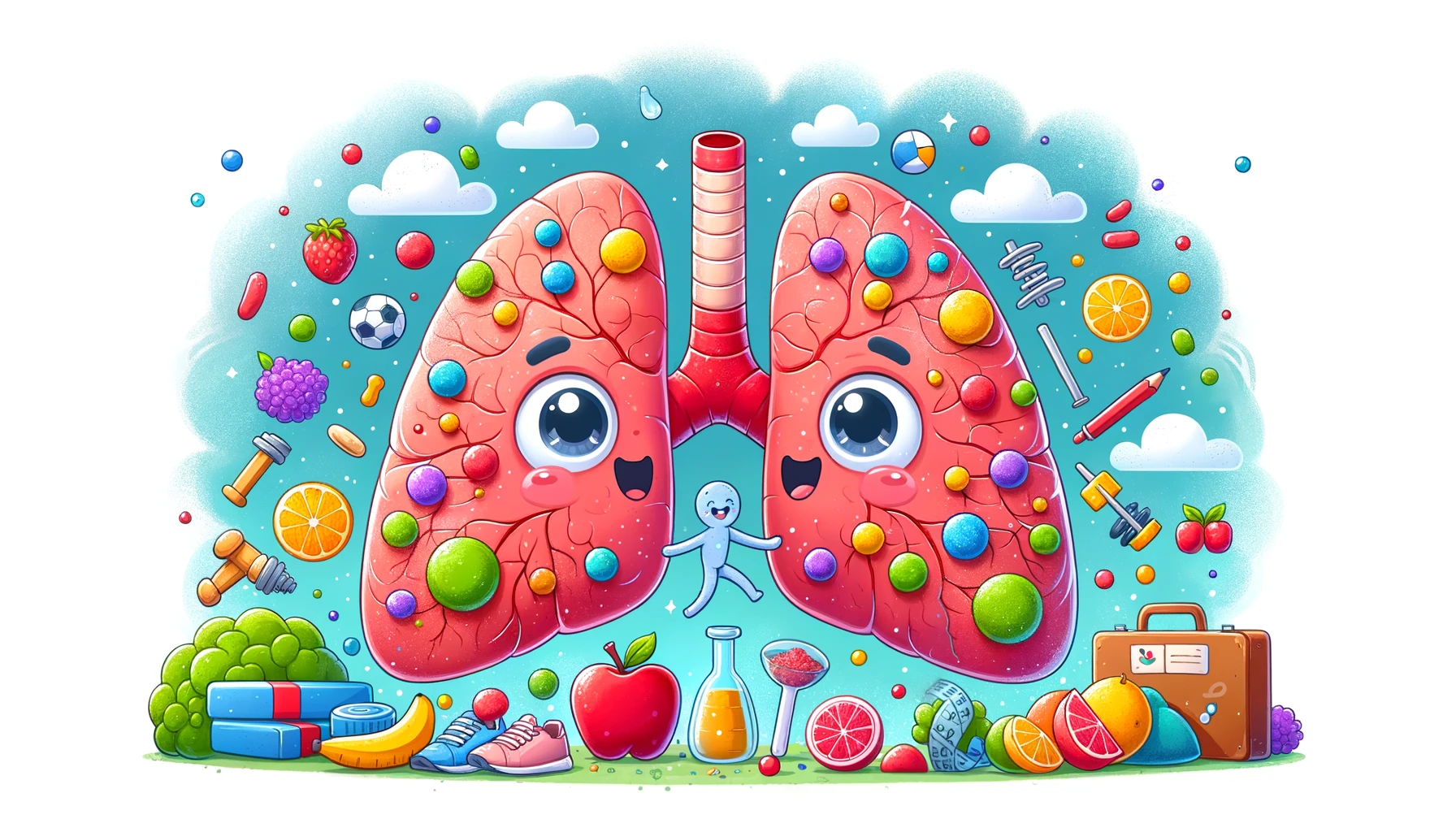Understanding Tuberculosis: Causes, Symptoms, and Treatments
Understanding Tuberculosis: Causes, Symptoms, and Treatments
Table of Contents
- Introduction to Tuberculosis
- Causes of Tuberculosis
- Symptoms of Tuberculosis
- Risk Factors for Tuberculosis
- Diagnosis of Tuberculosis
- Treatment of Tuberculosis
- Medications
- Treatment Phases
- Managing Side Effects
- Prevention Strategies
- Conclusion
- References
Understanding Tuberculosis: Causes, Symptoms, and Treatments
Introduction to Tuberculosis Tuberculosis (TB) is an infectious disease caused by the bacterium Mycobacterium tuberculosis. It primarily affects the lungs but can spread to other parts of the body. TB remains a significant global health concern, especially in developing countries. Understanding the causes, symptoms, and treatments of tuberculosis is essential for managing and preventing this potentially fatal disease.
Causes of Tuberculosis Tuberculosis is caused by the Mycobacterium tuberculosis bacteria. It spreads from person to person through airborne particles when someone with active TB coughs, sneezes, speaks, or sings.
Transmission
- Airborne Particles: When an infected person expels bacteria into the air, another person can inhale these particles, leading to infection.
- Close Contact: Spending extended periods in close proximity with someone who has active TB increases the risk of transmission.
Symptoms of Tuberculosis The symptoms of tuberculosis can vary depending on whether it is latent or active TB.
Latent TB
- No Symptoms: Individuals with latent TB do not exhibit symptoms and cannot spread the disease. The bacteria remain dormant in the body.
Active TB
- Persistent Cough: A cough lasting more than three weeks, often producing phlegm or blood.
- Chest Pain: Pain in the chest during breathing or coughing.
- Fatigue: Persistent tiredness and weakness.
- Fever: Low-grade fever that may come and go.
- Night Sweats: Waking up drenched in sweat.
- Weight Loss: Unintended weight loss and loss of appetite.
- Chills: Shivering and feeling cold.
Risk Factors for Tuberculosis Several factors increase the risk of contracting TB:
- HIV/AIDS: Individuals with weakened immune systems are more susceptible to TB.
- Diabetes: Diabetes increases the risk of TB.
- Close Contact: Living or working in close quarters with someone who has active TB.
- Substance Abuse: Use of drugs or excessive alcohol weakens the immune system.
- Healthcare Workers: Increased exposure to TB patients.
- Living in or Traveling to Endemic Areas: Regions with high rates of TB increase the risk.
- Malnutrition: Poor nutrition weakens the immune system.
Diagnosis of Tuberculosis Diagnosing tuberculosis involves a combination of medical history, physical examination, and specific tests.
Medical History and Physical Exam
- History: Review of symptoms, potential exposure, and risk factors.
- Examination: Physical examination to check for signs of TB.
Diagnostic Tests
- Tuberculin Skin Test (TST): Also known as the Mantoux test, involves injecting a small amount of tuberculin into the skin and checking for a reaction.
- Blood Tests: Interferon-gamma release assays (IGRAs) measure the immune response to TB bacteria.
- Chest X-Ray: To detect lung abnormalities indicative of TB.
- Sputum Test: Examination of mucus from the lungs for TB bacteria.
Treatment of Tuberculosis Treating tuberculosis involves a long course of antibiotics to ensure all bacteria are eliminated.
Medications
- First-Line Drugs: The most commonly used antibiotics include isoniazid, rifampin, ethambutol, and pyrazinamide.
- Second-Line Drugs: Used for drug-resistant TB, including fluoroquinolones and injectable medications such as amikacin or kanamycin.
Treatment Phases
- Intensive Phase: Typically lasts two months, involving a combination of four drugs to kill most of the bacteria.
- Continuation Phase: Lasts four to seven months, using fewer drugs to eliminate remaining bacteria.
Managing Side Effects
- Monitoring: Regular check-ups to monitor drug side effects and adjust treatment as necessary.
- Supportive Care: Addressing side effects such as nausea, liver toxicity, or nerve damage.
Prevention Strategies Preventing tuberculosis involves several strategies to reduce the risk of infection and spread:
- Vaccination: The Bacillus Calmette-Guérin (BCG) vaccine provides some protection against TB, especially in children.
- Infection Control Measures: In healthcare settings, using masks, proper ventilation, and isolation of TB patients.
- Public Health Programs: Screening and treating latent TB infections, especially in high-risk populations.
- Healthy Lifestyle: Maintaining a healthy immune system through proper nutrition, regular exercise, and avoiding substance abuse.
Conclusion Understanding tuberculosis is crucial for recognizing symptoms, seeking timely treatment, and implementing preventive measures. By managing risk factors and adhering to treatment protocols, individuals and communities can reduce the impact of this serious infectious disease.
<ⓒ WizardMedics (wizardmedics.com)>







